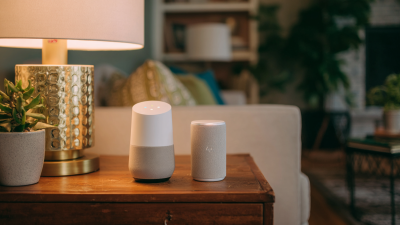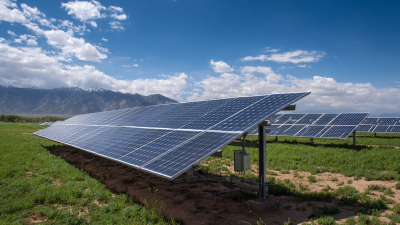
-
Home
-
About Us
-
Products
-
Total Solution
-
News
-
Blog
-
Contact Us
Leave Your Message
-
-
Phone
-
E-mail
-
Whatsapp
-
Whatsapp



In the evolving landscape of smart home technology, selecting the appropriate power switch is a crucial step towards achieving a fully automated environment tailored to your lifestyle. According to a 2022 report by Statista, the global smart home market is projected to reach approximately $135 billion by 2025, underscoring the increasing reliance on smart devices in everyday living. Power switches, as fundamental components of home automation, play a pivotal role in controlling the energy flow and enhancing the integration of smart systems. Furthermore, a study conducted by MarketsandMarkets indicated that the demand for intelligent power management solutions, including smart power switches, is anticipated to grow significantly, driven by the need for energy efficiency and convenience. Therefore, understanding the specific features and functionalities of various power switches is essential for optimizing your home automation experience.
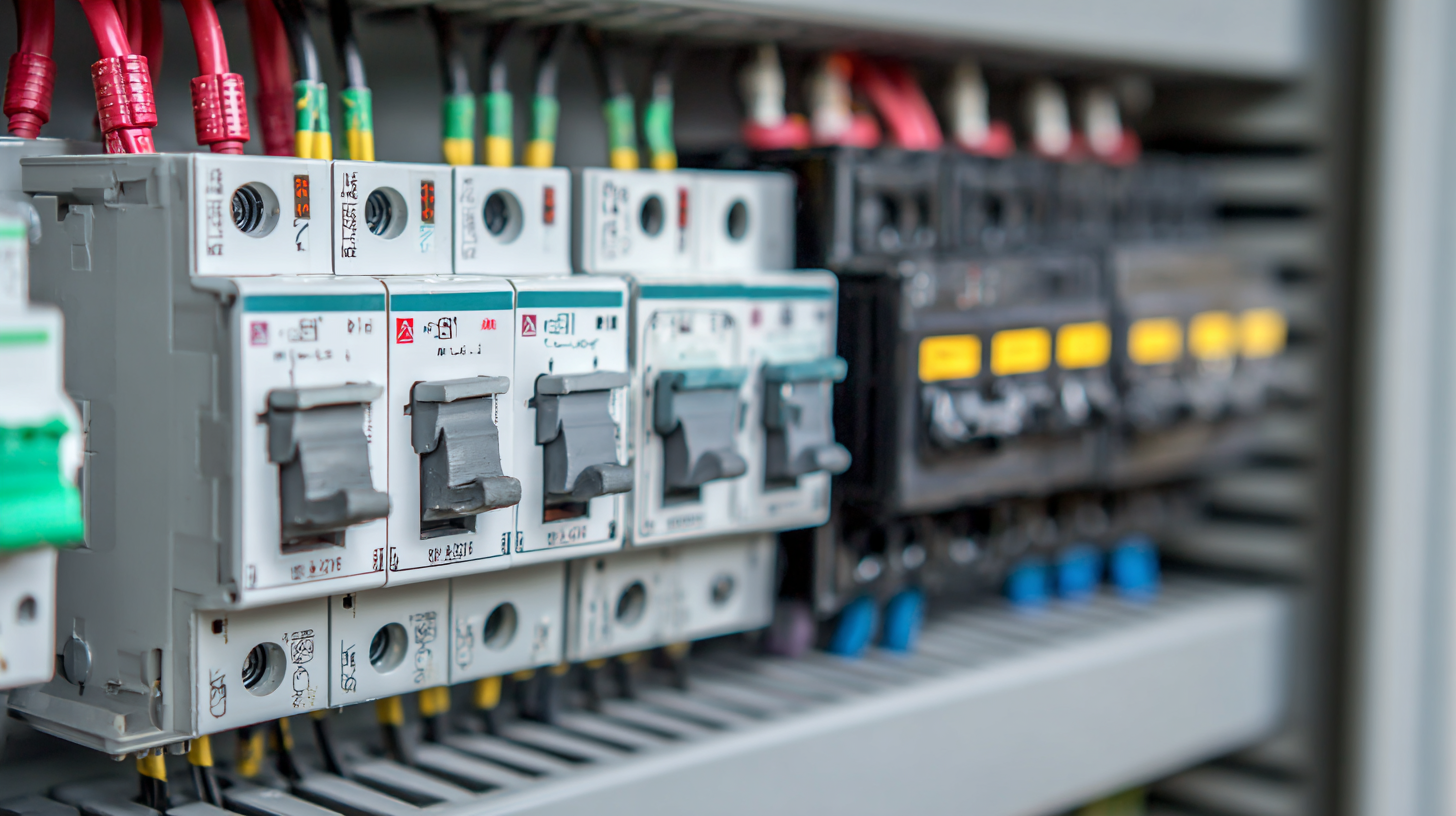
When selecting the right power switch for home automation, it's essential to understand the various types available in the market. Smart switches are typically categorized into two main types: Wi-Fi-enabled switches and Z-Wave or Zigbee switches. According to a report by Grand View Research, the smart home market is projected to reach USD 135.3 billion by 2025, driven in part by the rising demand for smart lighting solutions. Wi-Fi-enabled switches allow for direct internet connectivity, making them easy to integrate with many home automation platforms.
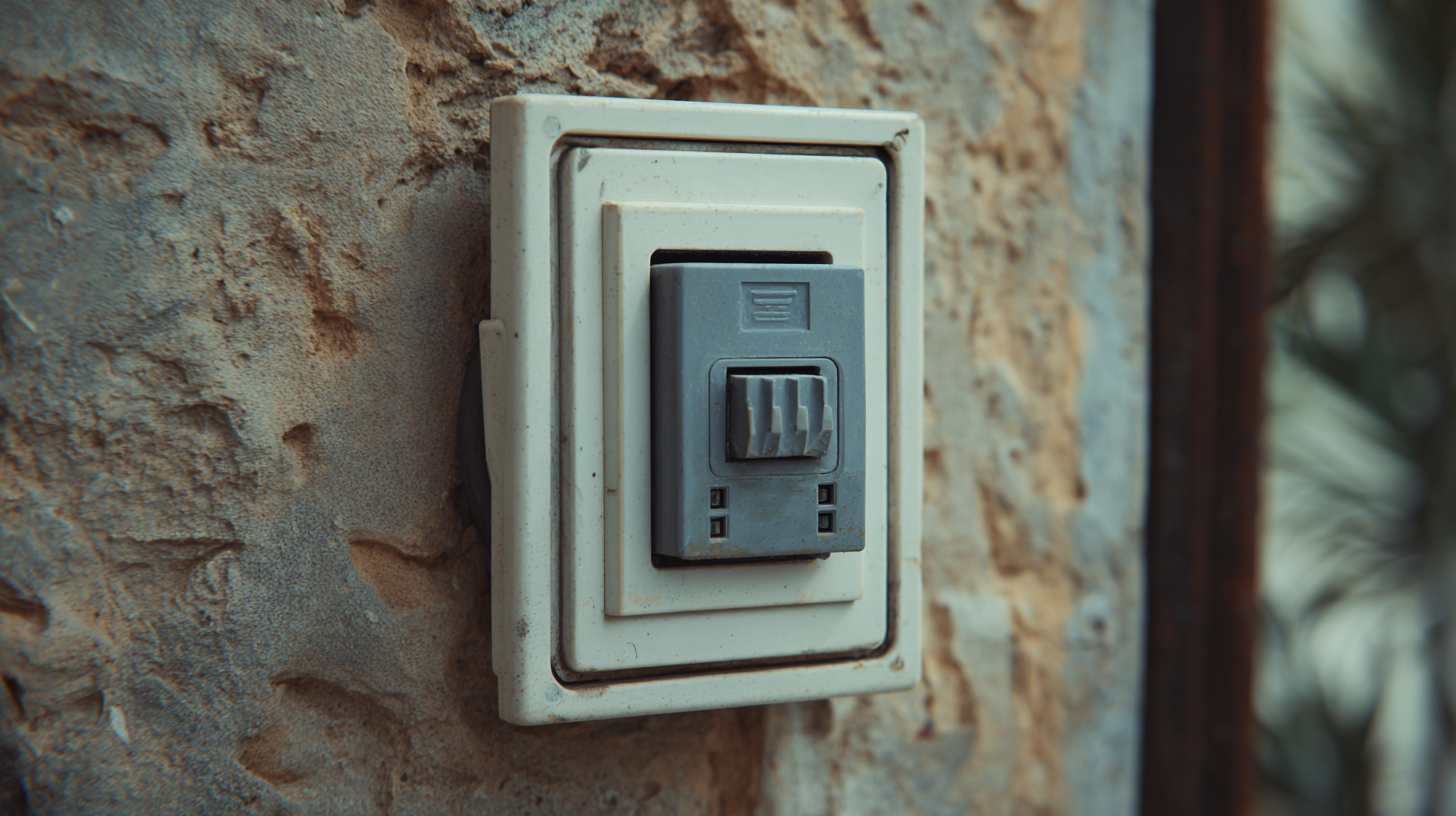
On the other hand, Z-Wave and Zigbee switches operate on their own dedicated networks, providing a more reliable connection in larger homes. A study from the Consumer Technology Association indicates that nearly 30% of U.S. households will have a smart switch integrated into their systems by 2024, emphasizing the need for consumers to carefully assess compatibility with existing devices. Moreover, energy-efficient switches not only aid in reducing electricity costs but also contribute to greener living, aligning with the increasing focus on sustainability in home automation. Choosing the right switch ultimately enhances both convenience and energy management in modern homes.
When selecting a power switch for your home automation system, it's essential to consider several key features that can enhance functionality and convenience. First and foremost, compatibility with existing smart home ecosystems, such as Google Home or Amazon Alexa, is crucial. A power switch that integrates seamlessly with your current devices allows for streamlined control and automation. Look for options that support multiple protocols, like Wi-Fi, Zigbee, or Z-Wave, ensuring that your switch can connect with a variety of smart products.
Another important feature is the ability to schedule operations and remote control capabilities. Many modern power switches come with mobile applications that enable you to turn devices on or off from anywhere, adding an extra layer of convenience. Additionally, energy monitoring features can help track energy consumption, aiding in better power management and reducing electricity costs. These functionalities not only improve the efficiency of your home but also contribute to a more sustainable living environment.
When selecting the right power switch for your home automation setup, compatibility with existing smart home devices is crucial. According to industry reports, the global smart home market is projected to grow significantly, indicating a rising demand for versatile solutions that integrate seamlessly with various products. It’s essential to assess whether your chosen power switch can support the protocols utilized by your current devices, such as Zigbee, Z-Wave, or Wi-Fi, to avoid connectivity issues.
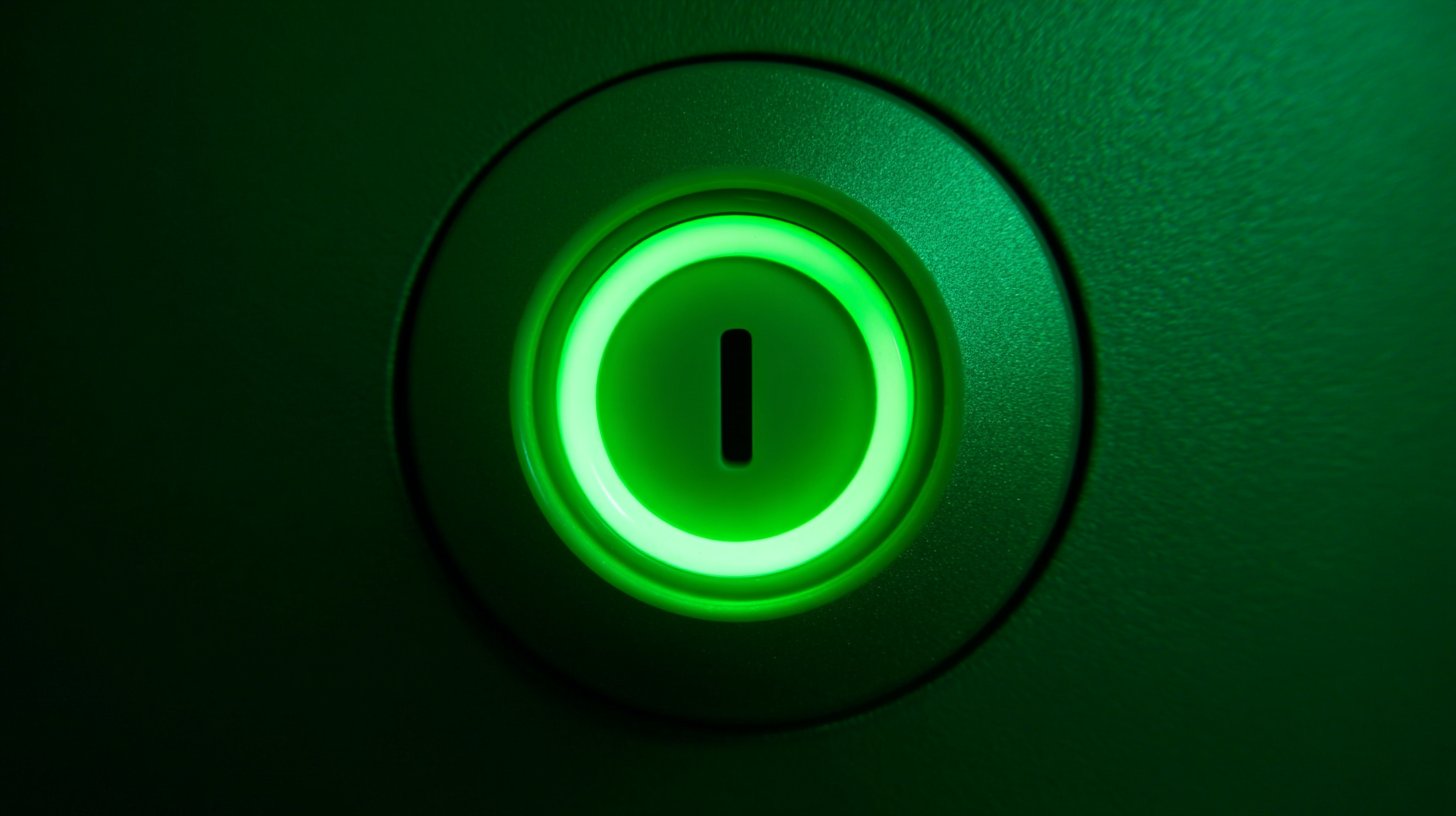
Additionally, advancements in technology are paving the way for enhanced device performance and user experience. For instance, with wireless power transmission (WPT) technology expected to grow to $2.85 billion by 2033, the integration of such innovations into smart power switches could drastically increase their efficiency and functionality. Ensuring your switch is compatible with both new and existing technologies will position your smart home ecosystem for success, leveraging the growth trends within the market for optimal performance.
When selecting power switches for home automation, evaluating energy efficiency is paramount. According to a report from the International Energy Agency (IEA), residential buildings account for approximately 29% of global energy consumption, emphasizing the need for efficient devices. Smart power switches equipped with energy monitoring features allow homeowners to track their usage and reduce wastage. A study by Navigant Research shows that the adoption of smart home technologies could lead to a 10-20% reduction in overall energy consumption, highlighting the potential benefits of incorporating advanced power switches into your home automation system.
Additionally, control options play a crucial role in optimizing energy use. Many modern power switches offer compatibility with various control systems, allowing users to integrate them with voice commands, mobile apps, or home automation hubs. According to a report from MarketsandMarkets, the global smart switch market is projected to reach $13.8 billion by 2026, propelled by the growing demand for seamless control and enhanced energy management. Features such as scheduling, remote access, and integration with other smart devices provide significant advantages in streamlining energy consumption, ultimately making smart power switches an essential component of modern home automation solutions.
When selecting power switches for home automation, it is crucial to consider the installation aspects that align with your specific needs. The installation environment, such as whether the home is under construction or already occupied, plays a significant role in determining the type of switch that can be installed. For instance, new constructions allow for the integration of more complex wiring setups, while renters may need solutions that can be easily installed and removed without damaging the existing infrastructure.
Additionally, compatibility with existing systems is key. Many modern switches require connections to both your home's Wi-Fi network and possibly a smart home hub. Choosing switches that support reliable offline functionality can also be beneficial, particularly for homes prone to internet outages. Ensuring that the selected devices seamlessly integrate with other smart devices can enhance the operational efficiency and user experience, allowing for smoother control over lighting, appliances, and more. Prioritizing safety during installation, such as ensuring proper electrical load management, will ultimately contribute to a robust home automation setup.
